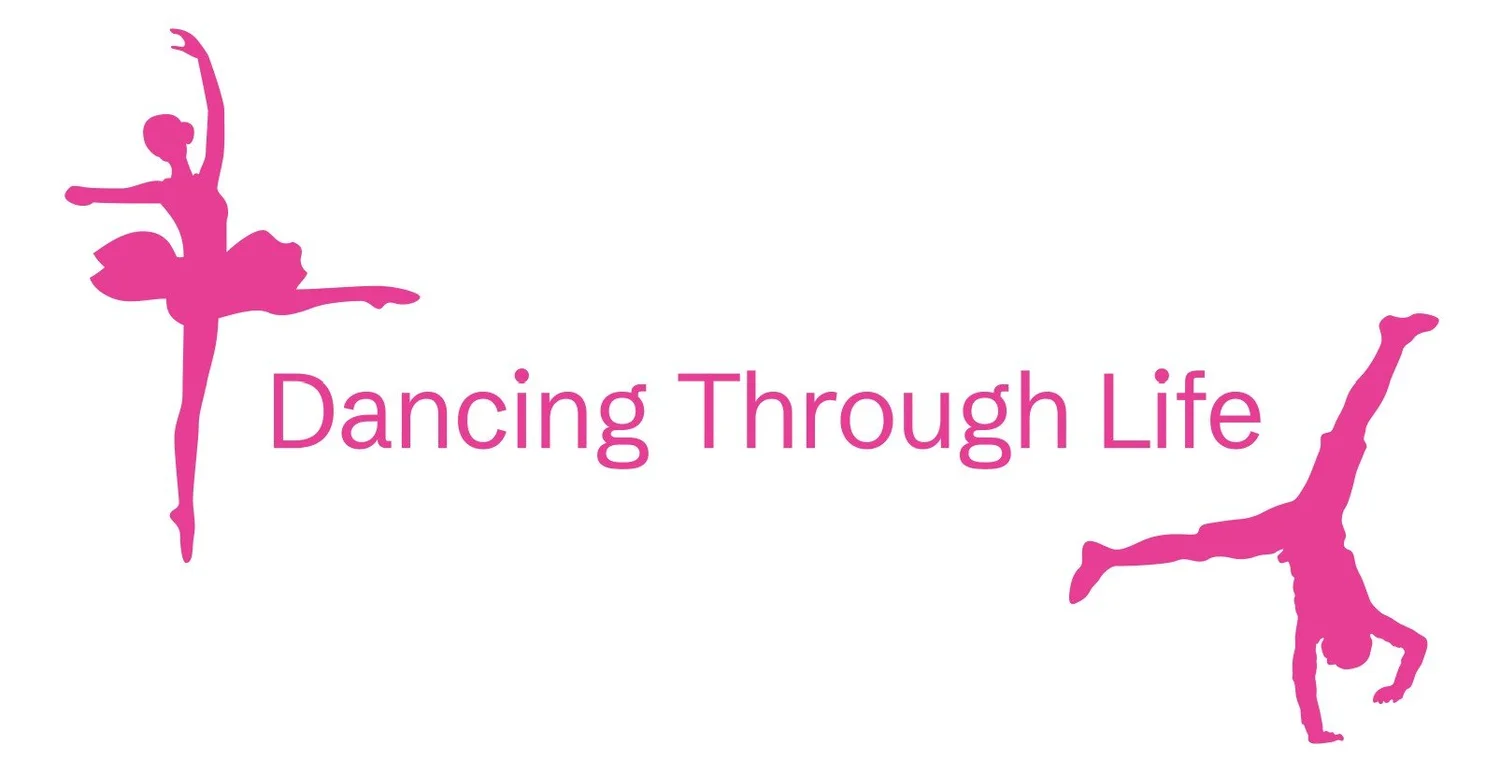
From Ballet to Hip Hop
Find Your Style, Show Your Passion
Ballet
Ballet began in the 15th-century Italian Renaissance courts and was later refined in France under King Louis XIV, who even performed in ballets himself. In its early days, only men were allowed to dance, and ballerinas later performed in soft slippers without toe support until pointe shoes were developed—now handmade and lasting just 10 to 20 hours for professionals. The leotard, named after French acrobat Jules Léotard, became a key part of ballet uniforms for its clean lines and movement, while buns and fitted attire help teachers see technique clearly. Ballet not only transforms the body through posture, flexibility, and strength, but also sharpens the mind with improved memory, coordination, and emotional expression.
Lyrical
Lyrical dance is a beautiful fusion of ballet, jazz, and contemporary styles, focusing on storytelling through movement that flows with the lyrics of the music. Unlike other dance forms, lyrical emphasizes deep emotional expression, encouraging dancers to connect with the music and convey feelings like love, heartbreak, or hope. Performed to songs with lyrics, lyrical dance often features flowy, soft costumes in neutral or pastel tones, with dancers either performing barefoot or in half-sole shoes for a natural, graceful aesthetic. Popular in dance competitions, lyrical allows dancers to showcase strong technique and emotional depth, with judges looking for authenticity and a strong connection to the music.
Hip Hop
Hip Hop dance originated in the 1970s in the Bronx, New York, as a raw and expressive part of the larger hip hop culture that included DJing, rapping, and graffiti. The first official style, breaking (also known as b-boying), is known for its powerful moves and footwork—and has become so influential, it's now an Olympic sport. Today, hip hop dance shapes pop culture around the world, seen everywhere from viral trends to music videos and fashion runways. Dancers typically wear streetwear like baggy pants, hoodies, and iconic sneakers—not just for comfort and movement, but to stay true to the culture's bold sense of style.
Tap
Tap dance is a uniquely American art form that originated in the 1800s, blending African rhythmic footwork with Irish step dancing to create a style centered around percussive sounds made by the feet. With metal plates on the toes and heels of their shoes, tap dancers act as both performers and musicians, using every shuffle and stomp to create rhythm. The two main styles—rhythm tap and Broadway tap—focus on either intricate footwork or theatrical flair, both of which have graced stages and Hollywood screens thanks to icons like Fred Astaire and Bill “Bojangles” Robinson. Tap not only builds musicality, timing, and coordination, but also allows for expressive costumes that match the mood, from classic tuxedos to sparkly performance wear.
Jazz
Jazz dance is a high-energy, ever-evolving style that originated in the early 1900s from African-American social dances and is deeply rooted in rhythm, improvisation, and expression. Known for its individuality, jazz encourages dancers to show off their unique style and personality through bold movement, sharp technique, and powerful stage presence. The uniform supports this expressive style with snug, stretchy outfits like leotards and jazz pants that allow freedom of movement, while jazz shoes are specially designed for speed, control, and smooth turns. Constantly influenced by pop, funk, hip hop, and ballet, jazz dance continues to shape and reflect the energy of music, fashion, and culture today.
Acro
Acro dance is a powerful fusion of ballet, jazz, and gymnastics, combining graceful movement with athletic tricks like cartwheels, aerials, and walkovers. It’s not just about the big moves—control, smooth transitions, and musicality are key to a polished performance. Dancers train intensely to build the strength, flexibility, and precision needed for demanding skills like handstands and contortion poses. For safety and freedom of movement, Acro dancers wear snug uniforms and always keep their hair tightly secured to stay performance-ready from head to toe.
“When you dance, your purpose is not to get to a certain place on the floor. It’s to enjoy each step along the way.”
-Wayne Dyer
(Self-help author and motivational speaker)







